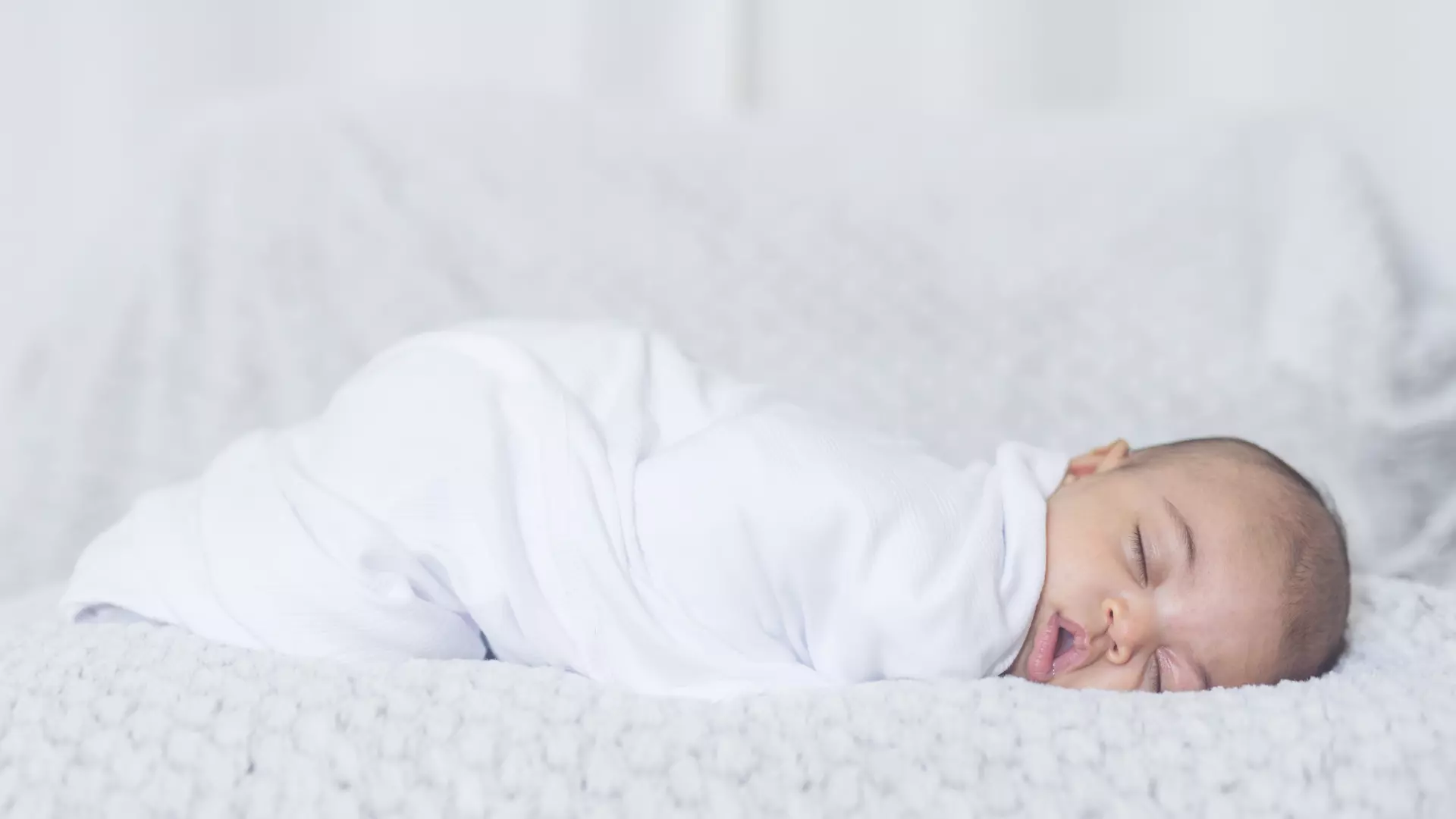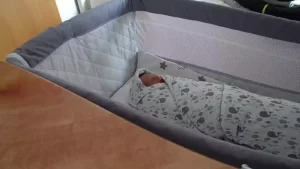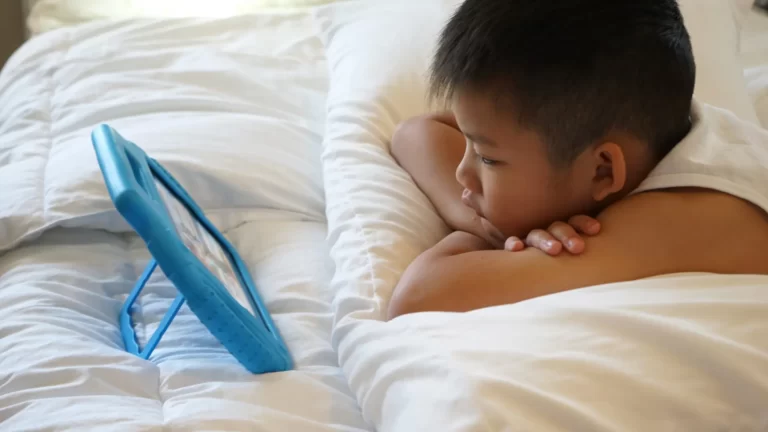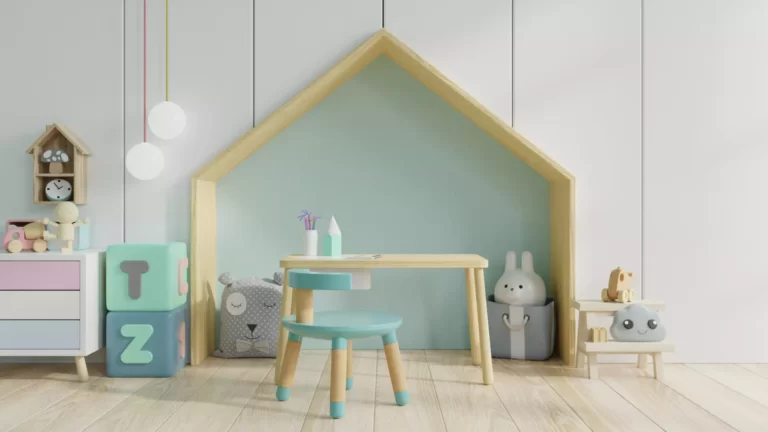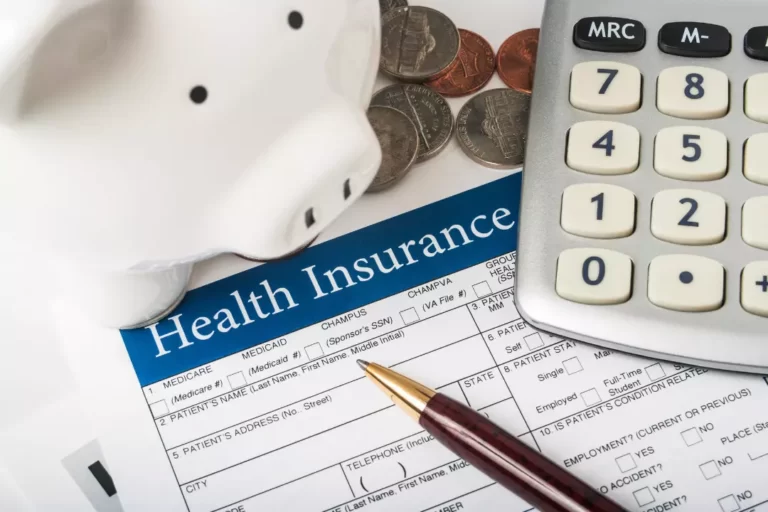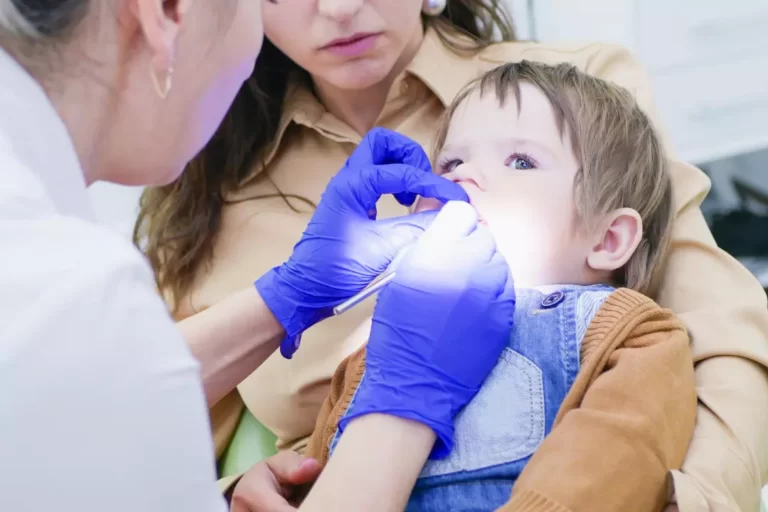How To Stop a Baby Sleeping Face Down In The Mattress
Originally posted on 30/06/2023 @ 09:47
Do you worry about your baby sleeping face down on the mattress? You’re not alone. This is a common fear and risk factor for new parents, but it doesn’t have to be a problem. In this guide, we will teach you how to stop your baby from sleeping face down on the mattress. Follow these simple tips, and your baby will be safe and sound!
How To Stop a Baby Sleeping Face Down in the mattress
While there is no sure way to prevent it, there are things you can do to reduce the risk. Encouraging your child to sleep on their back, using a breathable mattress, and making sure they have plenty of tummy time during the day can all help to reduce the risk of SIDS.
Tips on how to stop a baby sleeping face down in the mattress:
1. Try using a firm mattress. This will give your baby less room to move around and make it more difficult for them to roll over, a soft mattress or loose blankets can be a high risk factors in the baby’s bed
2. Use a baby sleep positioner. This will help to keep your baby in the correct position and create a safe sleep environment for the first year of life
3. Put your baby to sleep on their back. This is the best position for them to sleep in and will help to reduce the risk of SIDS and ear infections.
4. Try using a body pillow. This good idea can help keep your baby in the correct position and make it more difficult for them to roll over.
5. Use a sleep sack: This will help to keep your baby snug and secure, making it more difficult for them to roll over.
6. Wrap the baby like a burrito: To stop them from rolling, wrap them with a baby blanket.
7. Talk to your doctor. Talk to your doctor if you’re still concerned about your baby sleeping face down. They will be able to give you more specific advice.
Is It OK If My Baby Sleeps Face Down?
When it comes to sleeping on their stomach, your baby should be able to do so as soon as they can roll over by themselves.
You should feel free to put your kid on their stomach or back at the age of one year since, by this time, they will be able to wriggle out of hazardous postures if they need to.
The Dangers Of Sleeping Face Down
However, a few dangers come with sleeping face down that you should be aware of, like a certain degree of suffocation risk. One of these dangers is the possibility of SIDS or sudden infant death syndrome. While the risk of SIDS is low, it is still important to be aware of it. Another danger of sleeping face down is the risk of ear infections, because when your baby’s head is turned to the side, their Eustachian tubes can become blocked, leading to an infection. Or the risk of suffocation in cases when the baby’s face gets stuck in the mattress or pillow and they can’t get loose.
How To Get Your Baby To Sleep On Their Back
Now that you know the dangers of letting your baby sleep face down, you may be wondering how to stop them from doing it. The best way to prevent your baby from sleeping face down is to put them to sleep on their back. This will help to reduce the risk of sudden infant death syndrome and ear infections. Try to put them on the side of the crib so it can prevent rolling. You can also try using a sleep positioner, which is a device that helps to keep your baby’s face in the correct position.
Can I let my baby sleep on his stomach if I watch him?
You might be thinking that you can just watch your baby if they do stomach sleeping. However, it is important to remember that SIDS can happen without warning. If you are going to let your baby sleep in a unsafe sleeping position, it is important to be in the room with them and check on them often. Always try to turn them back on their back, or at least turn their heads sideways, so the airways are clear.
What If Baby Rolls to Stomach While Sleeping?
If your baby has already mastered the rolling skill, they are probably old enough to roll back whenever it gets uncomfortable, so you don’t need to worry about it.
If your baby is under 12 months but still has somehow managed to flip their body over before their time, just flip them back quickly. Babies younger than 6 months should be put back on their backs as they aren’t likely to be able to do it again on their own… even if they have managed to do it once or twice before.
Why Is It Bad For Baby to Sleep Face Down?
It is not good for babies to sleep face down because this puts pressure on their neck and spine. When your baby sleeps face down, their neck muscles relax, and their breathing becomes shallow. This makes it harder for them to breathe properly and causes problems such as apnea.
When your baby sleeps face down, their head tends to fall forward, putting pressure on their spinal cord. This can lead to headaches, stiffness and pain in the neck and shoulders.
Your baby’s ears are also at risk when they sleep face down. Their ears are delicate and can easily become blocked by congestion or fluid buildup. This can result in an infection called otitis media (earache).
Your baby’s mouth and tongue are also at risk when they sleep face down. These areas are prone to getting sore and infected.
What Is SIDS And How Can It Affect My Baby?
Sudden Infant Death Syndrome (SIDS) is the sudden death of a child born healthy and had no known medical conditions before death. There is no single cause of SIDS, and there are many theories regarding what causes SIDS. Some experts believe that SIDS may be caused by factors including genetics, environmental influences, and the presence of certain viruses. Others believe that SIDS occurs due to a lack of awareness of danger signs, while others think that SIDS is caused by how infants are placed to sleep.
The most common theory behind SIDS is that it is caused by genetic factors, environmental influences, and/or viral infections. The exact mechanism of how these combine to drive SIDS is unknown.
The American Academy of Pediatrics recommends that all babies sleep on their backs unless otherwise advised by a doctor.
Some parents choose to place their infant on their side instead of their back. Although some studies show that placing a baby on their side decreases the chance of SIDS, there is still no solid explanation about why it happens to 1 out of 1000 infants.
What is the difference between “SIDS” and “suffocation”?
SIDS, also known as Sudden Infant Death Syndrome, is a diagnosis when an infant dies suddenly and unexpectedly. After a thorough investigation, there does not appear to be an explanation for the death.
Suffocation is caused when there is an obstruction that prevents breathing. This can be accidental, such as suffocating under bedding or intentional, such as strangulation via hanging. Sleeping babies lying face down may be more likely to choke than babies sleeping on their backs.
SUID is a term used to refer to infants who die suddenly and without any explanation.
The difference between SIDS and suffocation is that there is usually no evidence of foul play with SIDS. With suffocation, there is always evidence of foul play.
What Is The Best Sleeping Position For The Baby?
Babies know how and when to sleep, and while most people believe that a sleeping kid is what parents want so they can have a momentary rest, parents are certain that the silence may be distressing. Even when their children are sleeping, most individuals feel compelled to check on them.
It’s easy to conclude that parents would be shocked to discover their infants resting with their faces firmly planted on the mattress. While this isn’t usually a problem, especially for newborns who already understand how to raise their heads and rollover, it may be prudent for parents to educate their children not to do so in bed.
According to the American Academy of Pediatrics, the safest sleeping position for babies is on their back. Although the child can sleep on their side temporarily, parents should try their best to avoid letting the baby sleep with their face down so that the child can avoid having SIDS.
What about “flat head syndrome”?
Parents are often worried about plagiocephaly, or “flat head syndrome,” when their babies are placed to sleep on their backs. The notion is that if you allow a newborn’s head to rest in the same position for too long, a flat spot may develop since the baby’s skull is soft after birth.
Most cases of plagiocephaly are benign and have a cosmetic impact rather than any sort of functional or structural effect. It’s unlikely to have an effect on brain development. If it’s something to be concerned about, your doctor will be able to tell you so.
The condition may also be treated using a moulded helmet or orthopedic helmets, which reshapes the skull.
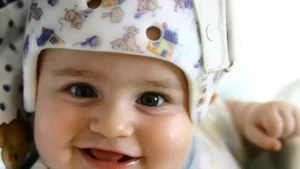
Of course, there are things you can do to avoid it. When your kid is on their back in the crib, encourage them to turn their head to one side. For example, you might want to put a brightly coloured or music-making toy outside their crib to catch their attention. You may change the direction you put your baby down each night (head to one end of the mattress one night, then to the other the next, and so on), allowing him to turn his head in the opposite direction to keep looking into the area.
So when is it safe for babies to sleep on their stomachs?
With a newborn, sleep posture is pretty simple to manage. They’ll probably stay there if you lay them down on their back. However, you may no longer be able to control your child’s sleep position at some point. They may start rolling over in the middle of the night, making it impossible for you to ensure that they stay on her back.
The most significant risk of SIDS occurs between one and four months of age. During this period, your child must rest in the prone position, flat on their back. When your kid learns to roll over, it’s typical to turn from their back to their belly while sleeping at around 6 months old. You might be wondering when it’s safe for your baby to sleep on their stomach. After all, if they’re rolling over anyway, what’s the harm in letting them?
The answer is that it’s best to wait until your child is a little older – around 6 months or so – before you let them sleep on their stomach. Once they can roll over on their own, it’s less likely that they’ll roll back to their belly if they start sleeping on their back. You should still be vigilant about making sure your baby is safe when sleeping, even when they are a bit older.
The chance of SIDS after one year is substantially lower, with about 2.4% of all deaths being caused by SIDS. After six months, the risk of SIDS begins to decline and subsequently disappears completely. For the remainder of the first year, you should always put your baby to sleep on their back. After that, you can allow them to sleep in whatever position they feel most comfortable.
Could a Breathable Mattress Help Your Baby Avoid SIDS?
A new generation of firm mattresses has been designed to reduce the risk of SIDS by allowing air to circulate around the baby. These “breathable” or “ventilated” beds are built with an open-cell structure that allows air to flow freely through the mattress. This air circulation helps keep the baby’s body temperature regulated, reducing the risk of SIDS unlike traditional crib mattresses.
There are a few different brands of breathable crib mattresses on the market that provide a firm sleep surface, and they range in price from around $50 to $1,000. While these mattresses may be more expensive than traditional ones, they could save your child’s life. If you’re concerned about the risk of SIDS, a breathable mattress may be worth the investment.
Conclusion
Sudden Infant Death Syndrome is a serious condition that can occur in babies. While there is no sure way to prevent it, there are things you can do to reduce the risk. Encouraging your child to sleep on their back, using a breathable mattress, and making sure they have plenty of tummy time during the day can all help to reduce the risk of SIDS.
Talk to your doctor if you’re concerned about your child’s sleep habits or think they may be at risk for SIDS. They can give you more information and help you create a plan to keep your child safe.

